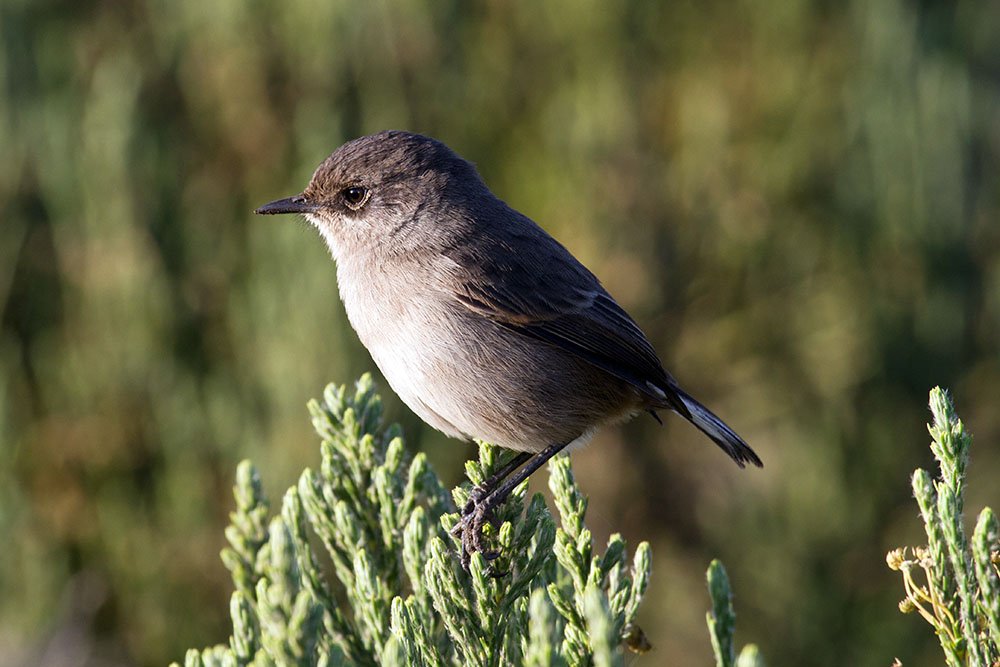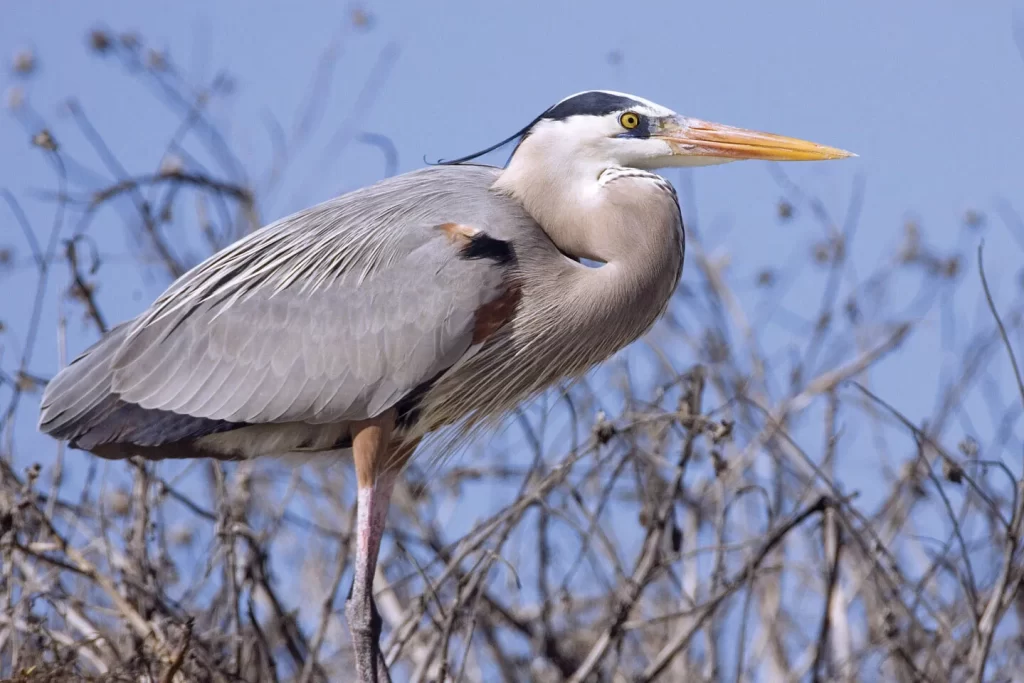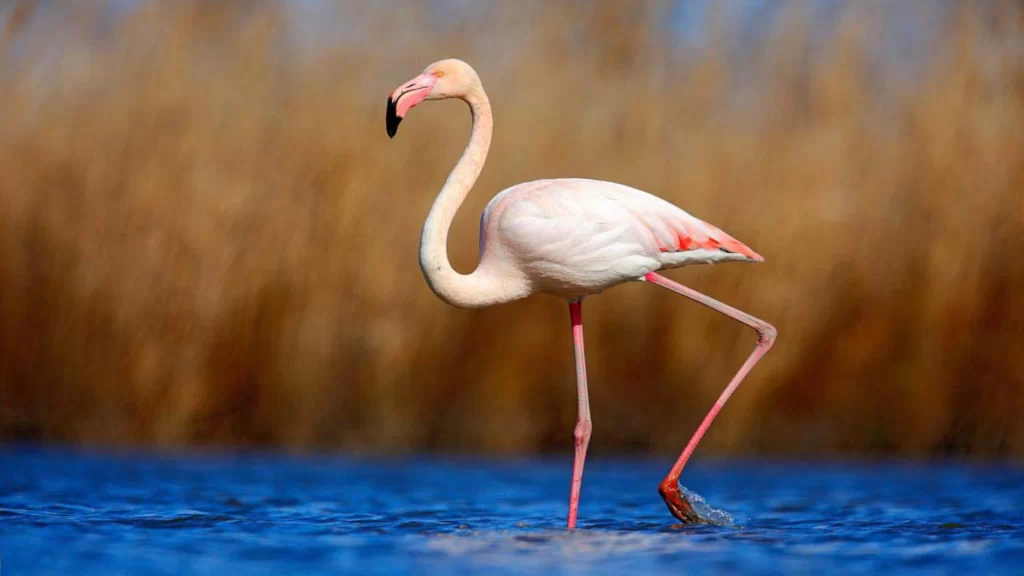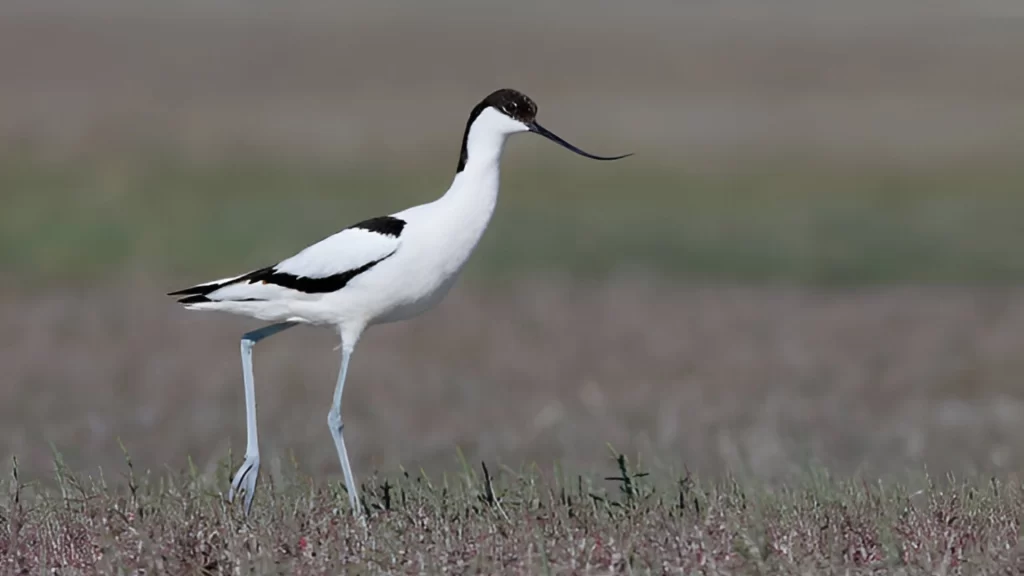Oldonyo Lengai Tanzania stands as the world’s only active natrocarbonatite volcano, revered as the sacred “Mountain of God” by Maasai communities. This extraordinary volcanic peak rises 2,962 meters above the Rift Valley floor, creating dramatic landscapes between Lake Natron and Ngorongoro Crater. Oldonyo Lengai climbing challenges adventurous trekkers with steep ascents through volcanic ash and rocky terrain.
Active crater displays mesmerizing natrocarbonatite lava flows that appear black during daylight but glow brilliantly at night. Oldonyo Lengai hiking typically begins at midnight, allowing climbers to reach the summit for spectacular sunrise views over the Great Rift Valley. Cultural experiences combine with adventure as Maasai guides share traditional stories about this sacred mountain.




















